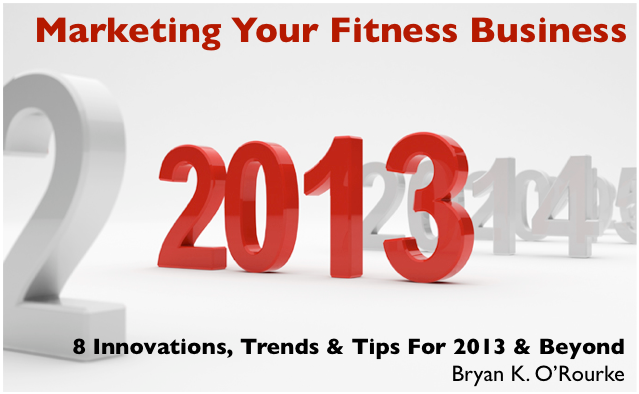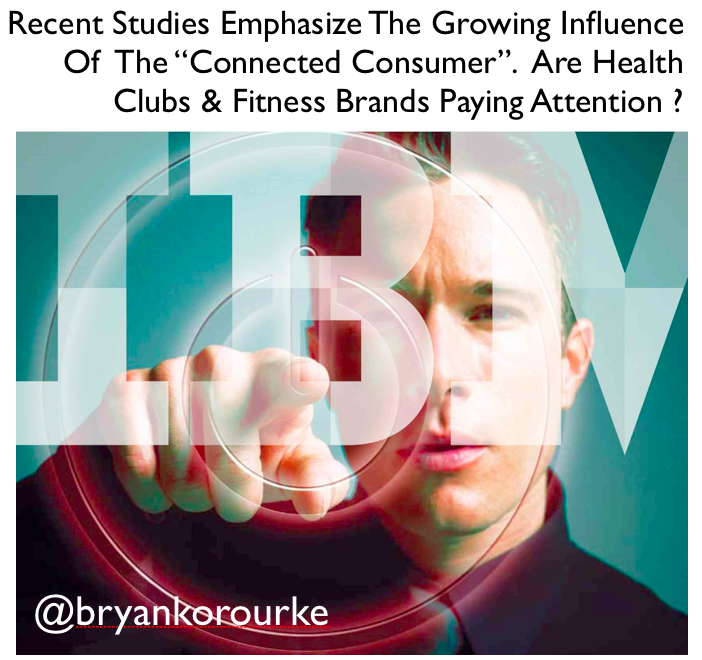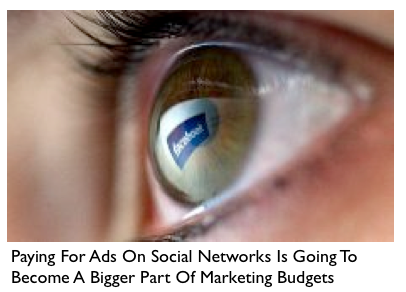Marketing Your Fitness Business - Do You Care Enough ?
/
Thanks to my colleague Eleanor Hisey at Fitsomo who shared a post that I just had to use from Gary Vaynerchuk, and to my partner Robert Dyer who spent so much time with me last week. These two along with my conversation with some of Gold's Gyms leading franchisees at the GGFA roundtable on social media last week led to this post.
By the way it meant a great deal to me to be invited by Ginger Collins and the great bunch of GGFA professionals, who I love, to discuss social media marketing at the Gold's convention. Thanks Ladies :). I was particularly excited that Gordon Johnson, along with several other leading Gold's franchisees, were there and asked so many relevant questions. They wanted to know about using social media, yet the conversation was less about technology and more about being human. I'll explain.
In a world where brands are accustomed to only broadcasting or as Gary Vaynerchuk puts it, presenting their message, now consumers want engagement (see his video below and thanks again Eleanor :)). They want to interact. Consumers want to be relevant. Everything we used to think about marketing has ended because now marketing is the consumer's experience. Its not our message and what we want to tell them; its all about what is important to THEM and our recognizing that fact. The "Connected Consumer" trend has really accelerated this because of technology.
This is a very hard thing for many brands to grasp and execute. In a world where many old school CEO's still worry that having a twitter account opens them up to having to answer to consumers, well what can I say ? Anyone who would have to ask if they should have a twitter account demonstrates they do not understand. You see people who don't understand this, at least 90% of the time, must not really care because if they did they'd want to have customers be able to let them know when they are happy and when they are not. Right ?
This leads to my partner Robert and I having many conversations with customers and industry leaders last week both during the Gold's convention and following it. For those of you who know him, Robert is one of the most sincere and caring people you'd ever meet; he's very human and it shows. It was instructive to hear the comments from a highly respected industry leader who following our meeting asked, "Is this how you conduct all of your meetings?" Well Robert was unclear as to what the person met. They went on, "You see I am so used to getting pressured and sold and you did not even have a presentation." (So I might have paraphrased a bit :)). Get it now ? Its not about us its about them.
The bottom line is this, if health club and fitness brands keep broadcasting content around what they do, what they have, and who they are consumers aren't going to connect. We can't use social media effectively if its not centered around the customer and we must reengineer our businesses accordingly. If the DNA of your organization can't "GET IT" then you've got a real problem on your hands.
Watch the video above from Gary Vaynerchuck and tell me Bryan O'Rourke, what is your marketing strategy with social media ? Do you agree with Gary that you've got to change from presenting to working the room ? Thanks for your thoughts and for reading the post.
About the author:
Bryan O’Rourke is a health club industry expert, technologist, financier, shareholder and executive in several fitness companies. He works for Fitmarc, which delivers Les Mills programs to over 700 facilities in the US and heads up the firms Integerus and Fitsomo. He advises successful global brands, serves as a member of the GGFA Think Tank and is CEO of the Fitness Industry Technology Council (To join FIT-C visit www.fit-c.org ). Recently Bryan was named to the ACE industry advisory panel. To learn more contact Bryan here today.













